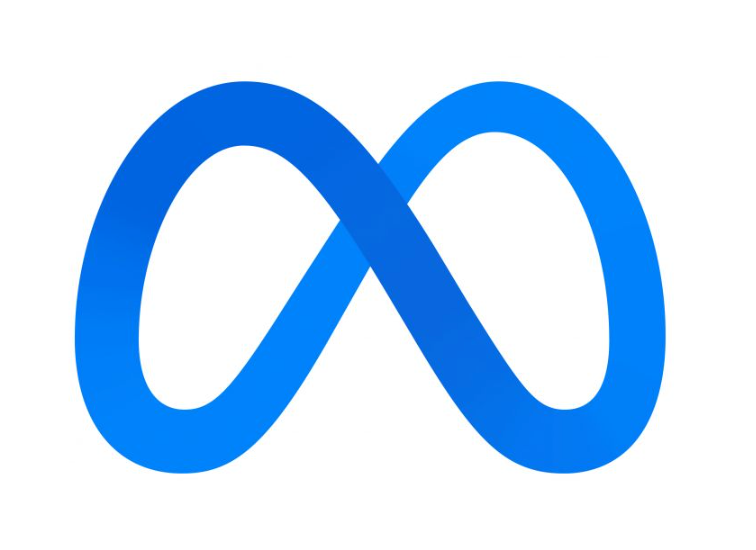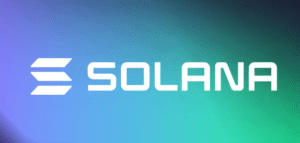$META $GOOGL $SNAP
#Meta #InteractiveMedia #TechStocks #SocialMedia #Facebook #Alphabet #Snapchat #StockMarket #DigitalAdvertising #TechIndustry #MarketAnalysis #BigTech
Meta Platforms, the parent company of Facebook, Instagram, and WhatsApp, remains one of the pivotal players in the interactive media and services industry. Its business model is centered around monetizing its massive user base through targeted advertising, which has been crucial to its financial performance. The company has drawn extensive comparisons with its industry competitors like Alphabet Inc., the parent company of Google and YouTube, as well as Snap Inc., the maker of Snapchat. A key differentiation point lies in Meta’s vast ecosystem of social media platforms that cater to a wide range of demographics and geographic regions, which provides a greater scope for data collection and ad customization. However, increasing scrutiny from regulatory bodies and rising competition for user engagement pose challenges to maintaining its dominance.
Alphabet, a major competitor, operates a quite different business model, driven largely by its search engine and video-sharing giant, YouTube. Alphabet’s advertising revenues, powered by Google Ads, have shown resilience even amidst macroeconomic uncertainties, and its diversification into other segments, such as cloud computing, offers stability during periods of slowing ad spend. On the other hand, Snap Inc., while notably smaller, focuses on a younger demographic with its Snapchat app. Despite recent struggles in maintaining user growth and advertising revenue under broader economic pressures, Snap continues to innovate with augmented reality (AR) features to differentiate itself in the market. Overall, Meta stands out due to its scale and comprehensive ad ecosystem, but rivals like Alphabet bring more diversification and Snap offers targeted niche innovation.
From a financial perspective, Meta’s latest earnings highlighted strong revenue growth driven by its robust advertising business, which now also incorporates its aggressive push into short-form video formats with Reels. However, Meta’s pivot into the metaverse, under its Reality Labs division, has caused significant operating losses, which have weighed on the stock’s performance over the past year. Still, investors remain intrigued by its long-term potential to dominate the next wave of interactive experiences. In comparison, while Alphabet has faced declining ad rates due to market pressures, its overall profitability is better insulated thanks to the growth of Google Cloud. Snap continues to face challenges amid sluggish ad revenue growth and mounting competition but has occasionally surprised analysts with AR engagement trends that showcase future monetization potential.
In the broader context of the tech industry, these competitive dynamics highlight the ongoing evolution of the interactive media and services sector. Market leaders like Meta and Alphabet will continue to vie for ad dollars, leveraging their size, technological edge, and ecosystems to outpace each other. Meanwhile, smaller players like Snap must focus heavily on innovation and capturing niche markets to remain relevant. Investors are paying close attention to the economic environment as tighter advertising budgets have impacted the sector, but a longer-term focus on emerging technologies, user engagement trends, and global expansion will likely shape the future trajectory of these industry giants.







Comments are closed.